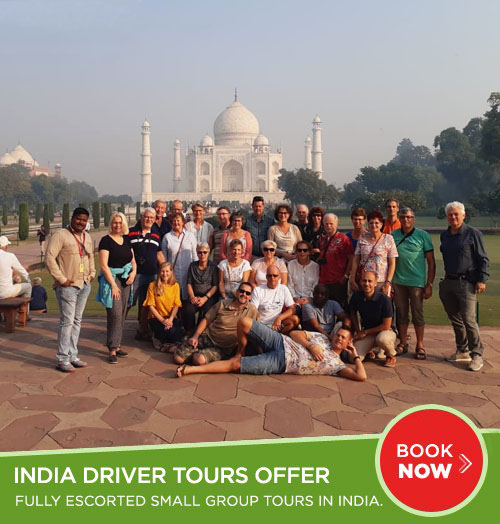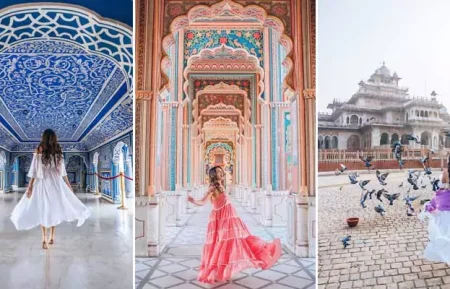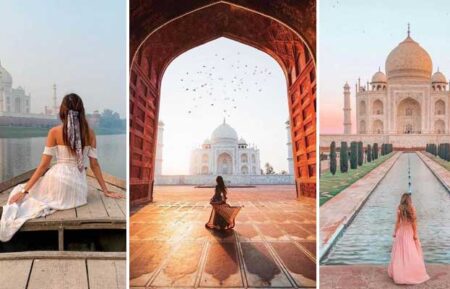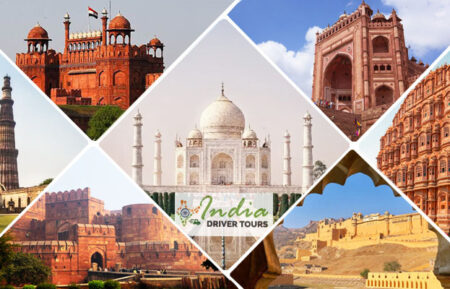Hire a private car and a driver in India.
When traveling to India, it is common to hire a car with a driver. This may be unfamiliar for first-time visitors, so if you are planning a trip, here’s what you need to know about hiring a car and driver in India.
Why choose to hire a car and driver?
Opting to hire a car with a driver provides travelers with the ultimate freedom and control over their itinerary, making it an ideal choice for independent exploration. With this option, you have the flexibility to make stops at any places that pique your interest without having to worry about navigation or navigating through India’s often chaotic traffic conditions. While self-driving may be becoming more accessible in some areas, it is generally not recommended due to poorly maintained roads and unpredictable driving patterns. Additionally, while trains and flights are useful for long-distance travel, hiring a car with a driver is the best way to fully experience specific regions such as Rajasthan or North India.
How much does it cost to hire a car and driver?
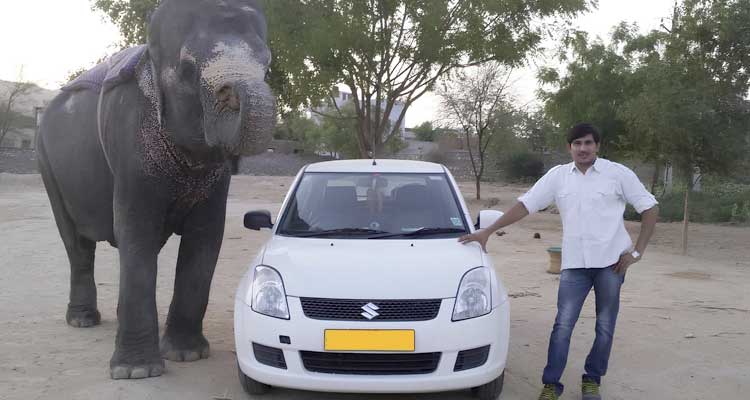
The cost of hiring a car and driver varies depending on the type of vehicle and if the driver speaks English. Generally, English-speaking drivers tend to charge more for their services. Most charges are based on distance traveled per kilometer, with a minimum daily distance (usually 250 or 300 kilometers) that you will be billed for regardless of your travel distance. To give you an idea, here is a rough price guide:
Compact Sedan Car: Typically, air-conditioned sedan cars such as Toyota Etios and Maruti Dzire are available for hire at a starting rate of 12 rupees per kilometer. For those looking for a more nostalgic experience, Ambassador cars can also be hired but at a slightly higher rate of around 15 rupees per kilometer. These vehicles are ideal for 2 passengers but have enough space to accommodate up to 4 people comfortably.
Midsize Cars (SUV/MUV): Midsize Cars (SUV/MUV): The Toyota Innova SUV or Maruti Ertiga (MUV) are the most common vehicles used for transportation, with prices starting from 17 to 22 rupees per kilometer. These spacious cars can comfortably fit four passengers but have a maximum capacity of six.
Mini Van/Tempo Traveller (large vehicle): Minivans and Tempo Travellers are popular options for large group transportation, with prices starting at around 32 rupees per kilometer. These spacious vehicles can comfortably accommodate up to 10 passengers, but there are also larger options available for even bigger groups.
Where can I hire a car with a driver?
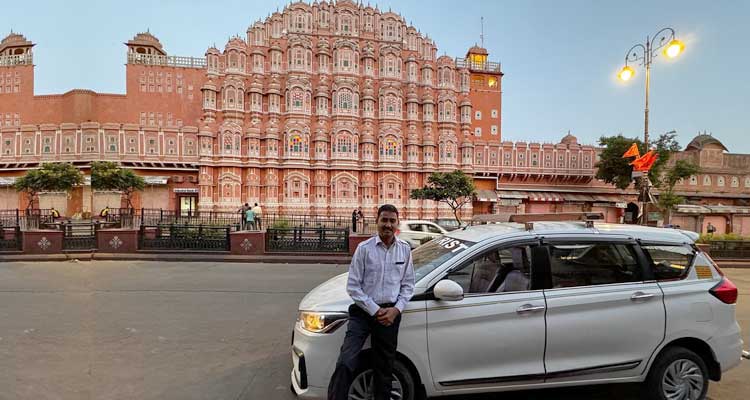
In India, you can easily arrange for a car and driver through any tour company or hotel. However, it is important to book with a reputable company in order to have support in case of any issues such as vehicle breakdowns. While booking through hotels may be convenient, it can also be more expensive. Additionally, trusted companies can assist with accommodations and guides if needed. If you prefer independent drivers with their vehicles, make sure to have reliable contacts as they may be harder to find on your own.
The driver’s food and lodging.
Companies often provide their drivers with a daily allowance to cover food and lodging expenses. While some hotels offer accommodations specifically for drivers, it is common for them to sleep in their cars in order to save money.
Although it may seem like a friendly gesture to invite your driver to join you for a meal, especially during lunchtime, this is not the norm in India. The hierarchical structure of society often means that drivers have their own preferred places to eat and may feel uncomfortable accepting your invitation. It’s acceptable to ask, but don’t be surprised if they decline.
Tipping your driver in India
Tipping is a common practice, with the standard amount being 400 to 600 rupees per day based on the level of service received.
Things You Should Keep In Mind
Road Conditions: Travelling on Indian roads can be unpredictable, with varying levels of quality. It is important to plan extra time for your itinerary and not solely rely on Google Maps for travel times.
Comfort & Safety: If you’re embarking on a long journey through rough terrain, it’s wise to consider investing in a comfortable vehicle such as the Toyota Innova, Maruti Ertiga, or Toyota Innova Crysta. While these may come at an extra cost, their comfort and ease of travel will be well worth it during your trip. Furthermore, given the hot and dusty weather conditions that are often encountered on such journeys, choosing an air-conditioned car is highly advisable. Not only will it keep you cool but also protect you from dust and other pollutants along the way.
State Border Taxes: When traveling across state borders, it is important to consider potential taxes that may be added to the quoted price. Be sure to confirm whether these taxes are included or not before making any purchases or travel plans. This will help you avoid unexpected costs and budget accordingly for your trip.
Return Journey Costs: Keep in mind that the car will need to be returned to its starting point at your expense, so make sure to factor this into your budget.
Driver’s Responsibility: While drivers can assist with your itinerary and answer general questions, they are not typically trained to act as tour guides inside attractions. It’s important to keep this in mind when booking transportation for your trip.
Additional considerations
Invitations from the Driver: Your driver may invite you to their home for a meal. This is usually a warm gesture, although it may be motivated by a hope for financial assistance. If you feel comfortable with this, especially if the driver has provided excellent service, please feel free to contribute.
Shopping and Restaurant Suggestions: Drivers often recommend shops and restaurants where they receive commissions or free meals. If you’re not interested, be firm but polite in declining their recommendations.
Planning to hire a car and driver for your trip to India? This guide will walk you through the process, making sure that your journey is hassle-free and enjoyable. From choosing the right vehicle to finding a reliable driver, we’ve got you covered. Let’s dive in and make your travel experience in India unforgettable.


